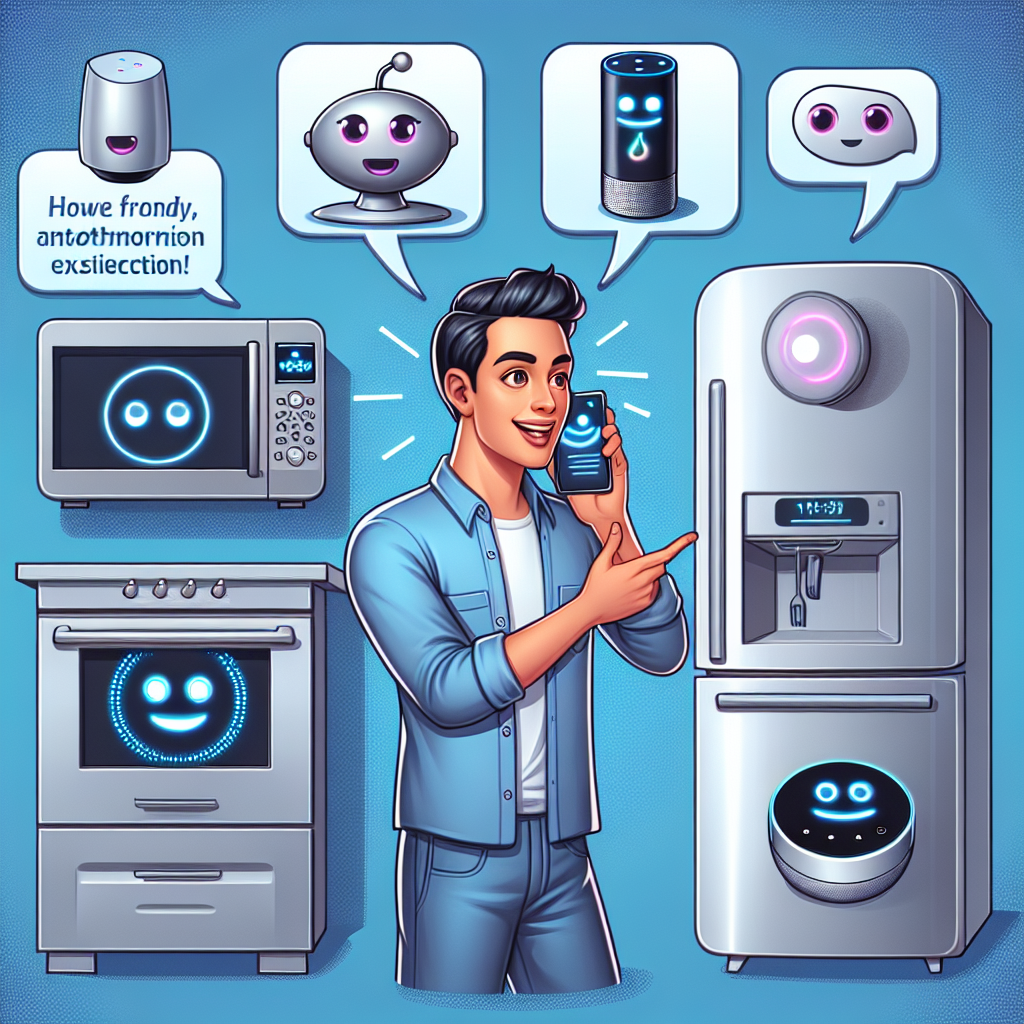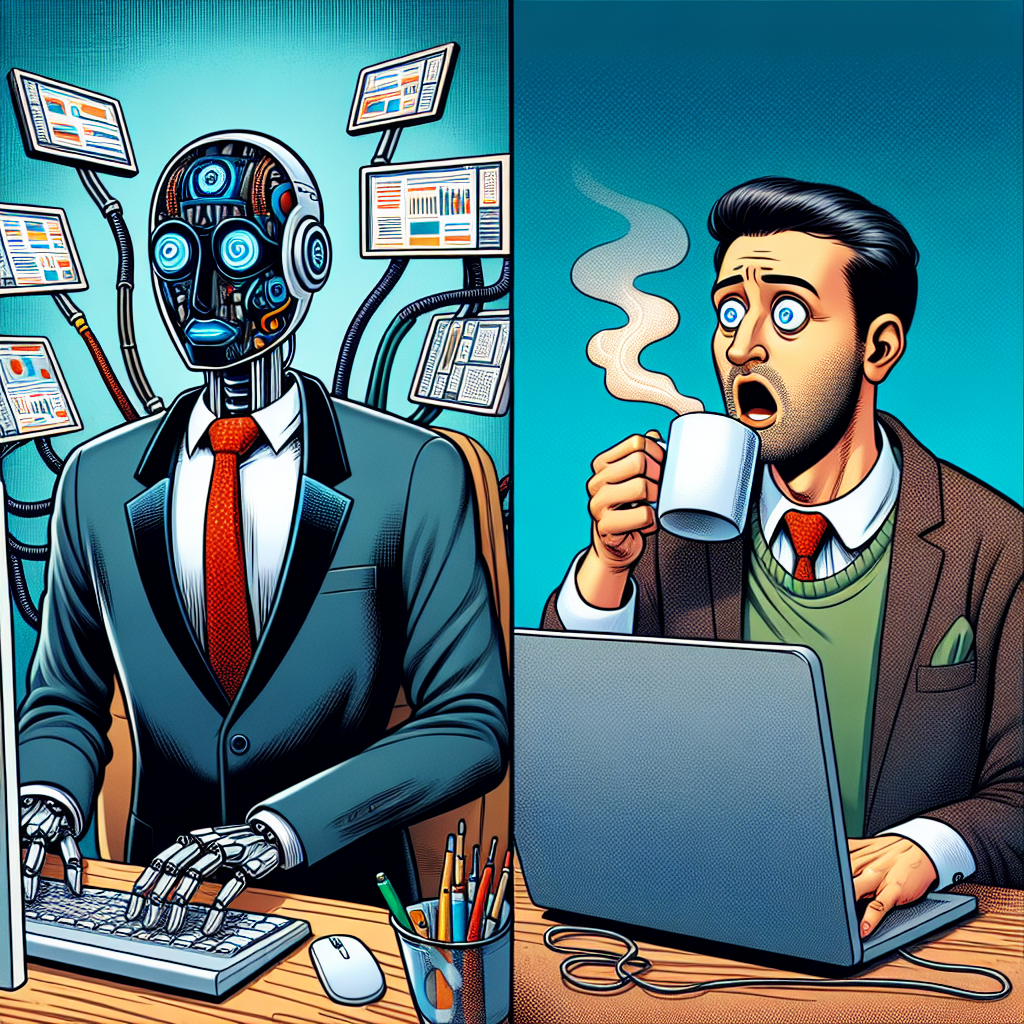Remember when creating software was exclusively for those with extensive coding knowledge? Those days are fading fast. Today, AI SaaS creation platforms are transforming the tech landscape, making application development accessible to everyone—regardless of their technical background.
The digital revolution has always promised to democratize technology, but until recently, there remained a significant barrier: coding skills. Now, innovative AI SaaS creation platforms are fulfilling that promise by enabling entrepreneurs, small business owners, and even curious individuals to build sophisticated AI applications without writing a single line of code.
The Rise of Low-Code Platforms in AI Development
Low-code platforms have emerged as game-changers in the AI development space. These user-friendly tools dramatically reduce the complexity traditionally associated with creating AI applications, emphasizing drag-and-drop interfaces and visual programming instead of complex coding languages.
The benefits are transformative:
Speed: What once took months can now be accomplished in days or even hours. According to Forrester Research, low-code application development is 10 to 20 times faster than traditional coding methods. This acceleration enables businesses to respond quickly to market changes and capitalize on emerging opportunities.
Cost Efficiency: By eliminating the need for specialized developers, low-code AI platforms slash development costs significantly. Small businesses that previously couldn’t afford custom software solutions can now create tailored applications that fit their specific needs and budget.
Accessibility: Perhaps most importantly, these platforms democratize AI technology, placing powerful tools in the hands of individual entrepreneurs, small businesses, and startups. As one small business owner put it, “I went from having an idea to launching a working AI assistant for my customers in less than a week—something I never thought possible as someone with zero coding experience.”
For technical professionals, these platforms aren’t a replacement but a complement to their skills. Developers can focus on complex, high-value tasks while using low-code tools to accelerate routine aspects of development.
Intelligent Collaboration: Bridging Technical and Business Expertise
One of the most exciting aspects of AI SaaS creation platforms is how they foster collaboration between technical and non-technical team members. These platforms serve as a common ground where business vision meets technical implementation.
Take the case of Greenfield Organics, a small farm-to-table business that wanted to optimize their delivery routes using AI. Instead of hiring expensive consultants, their operations manager collaborated with their part-time IT person through a low-code platform. Together, they created an AI routing system that reduced delivery times by 23% and fuel costs by 18%.
“The platform allowed us to speak the same language,” explains Maria, the operations manager. “I could articulate our business needs, and our IT support could implement the technical aspects without extensive back-and-forth translations.”
This type of intelligent collaboration creates a virtuous cycle: business teams develop a better understanding of technical possibilities, while technical teams gain deeper insights into business challenges. The result is more relevant, effective AI solutions built through genuine teamwork.
Customizable AI Digital Workers: Your Personal AI Workforce
Imagine having a team of digital employees who never sleep, don’t take vacations, and execute tasks with perfect consistency. Customizable AI digital workers make this possible, automating repetitive tasks that previously consumed valuable human time and attention.
These digital workers aren’t just basic automation tools—they’re sophisticated AI agents that can learn, adapt, and improve over time. They can handle complex workflows like:
- Automatically qualifying and routing customer inquiries
- Monitoring inventory and generating purchase orders
- Analyzing documents and extracting key information
- Processing routine transactions and flagging exceptions
For personal use, the possibilities are equally exciting. Users can develop AI products tailored to their unique needs—from personalized learning assistants to health monitoring tools or creative writing partners.
Lisa, a freelance graphic designer, created an AI assistant that handles her client communication after hours, schedules meetings, and even generates initial concept descriptions based on client briefs. “It’s like having a part-time assistant who knows exactly how I work,” she says. “I built it to match my communication style and business processes, something no off-the-shelf solution could provide.”
Sharing and Selling AI Products: Building Your Digital Portfolio
The innovation doesn’t stop with personal use. Modern AI SaaS creation platforms are fostering vibrant ecosystems where creators can share and sell their AI products, turning passion projects into profit centers.
These marketplaces function similarly to app stores, allowing developers to reach global audiences without handling complex distribution challenges. For entrepreneurs, this presents an exciting opportunity to monetize their expertise by packaging it into AI solutions that solve specific problems.
The integration of AI agent technology takes these products to the next level, creating intelligent user experiences that go beyond simple automation. These agents can engage in natural conversations, understand context, and adapt to user preferences over time.
For example, a tax consultant built and now sells an AI tax preparation assistant that walks users through the process with conversational guidance, flagging potential deductions and explaining complex regulations in plain language. What started as a tool to help his own clients has become a successful product used by thousands.
“The platform gave me a way to scale my expertise beyond the hours in my day,” he explains. “Now my knowledge helps people I could never have reached personally.”
Workflow Automation: Simplifying Business Operations
For businesses of all sizes, workflow automation represents one of the most immediate and valuable applications of AI SaaS platforms. By connecting various systems and automating information flow between them, companies can eliminate manual handoffs that slow processes and introduce errors.
Consider the case of a small marketing agency that used a low-code AI platform to create an automated content production workflow. The system now:
- Analyzes trending topics in their clients’ industries
- Generates content outlines based on past high-performing articles
- Creates draft content with AI assistance
- Routes drafts to human editors for refinement
- Schedules publication and social promotion
- Tracks performance and feeds results back into the system
“We’ve tripled our content output while maintaining quality,” reports the agency’s founder. “The workflow handles the predictable parts, freeing our creative team to focus on adding unique insights and polishing the final product.”
For individual entrepreneurs, similar automation can transform personal productivity. A solo consultant automated his entire client onboarding process, from initial inquiry to proposal generation and contract creation, reclaiming hours previously spent on administrative tasks.
Empowering Innovation Without Barriers
At Zygote.AI, we believe that innovation should never be constrained by technical limitations. Our mission centers on making AI creation accessible to all, empowering individuals and teams to transform their ideas into reality without coding barriers.
The future of work isn’t about replacing humans with AI—it’s about augmenting human capabilities through intelligent tools that anyone can create and customize. By providing user-friendly AI SaaS creation platforms, we’re enabling a new generation of creators who bring diverse perspectives and domain expertise to problems previously tackled only by technical specialists.
This democratization of AI development is particularly important for small businesses and startups, who can now compete with larger organizations by leveraging the same advanced technologies without massive IT investments. An entrepreneur with a brilliant idea no longer needs to raise venture capital just to build a prototype—they can create it themselves using low-code AI tools.
Looking ahead, the vision of fully automated workflows is becoming increasingly realistic. We’re already seeing workflows that can autonomously select topics, generate content, create illustrations, conduct reviews, and publish promotional materials—all with minimal human intervention.
As these capabilities continue to evolve, we’ll see even more sophisticated automation that can handle complex business processes end-to-end. The goal isn’t to eliminate human involvement but to elevate it, focusing human creativity and judgment on the aspects of work that truly require our unique capabilities.
Your AI Creation Journey Starts Now
The barriers to AI application development have never been lower. Today’s AI SaaS creation platforms offer intuitive interfaces, pre-built components, and guided development experiences that make the process accessible to anyone with an idea.
Whether you’re an individual entrepreneur looking to automate parts of your business, a small team seeking efficiency improvements, or a developer wanting to accelerate your AI projects, these platforms provide the tools you need to succeed.
The most exciting aspect of this technology is that we’re just beginning to explore its potential. As more people from diverse backgrounds start creating AI applications, we’ll see innovative solutions to problems that technical specialists might never have prioritized.
The future of AI isn’t being written solely in the research labs of tech giants—it’s emerging from the creativity of everyday innovators who now have the tools to bring their visions to life. And that future looks brighter, more inclusive, and more innovative than ever before.









